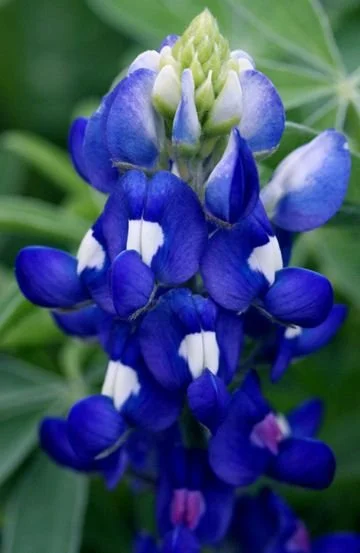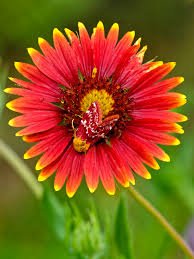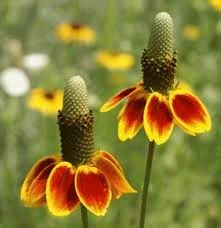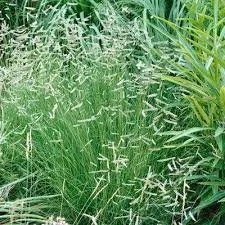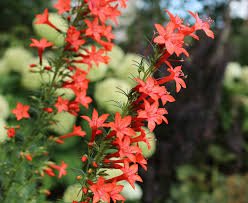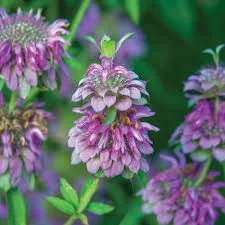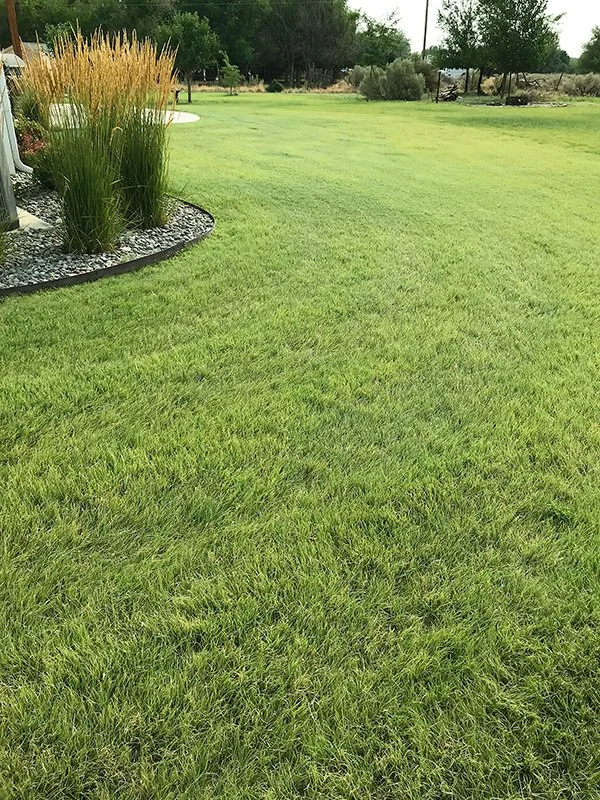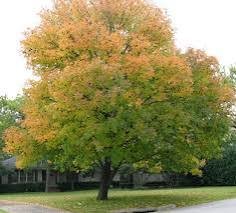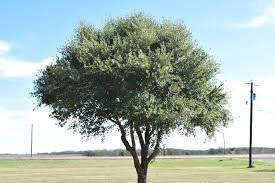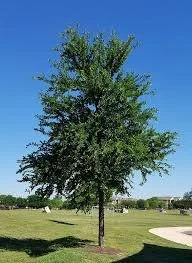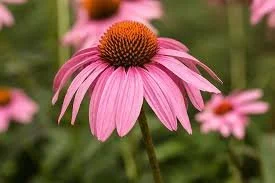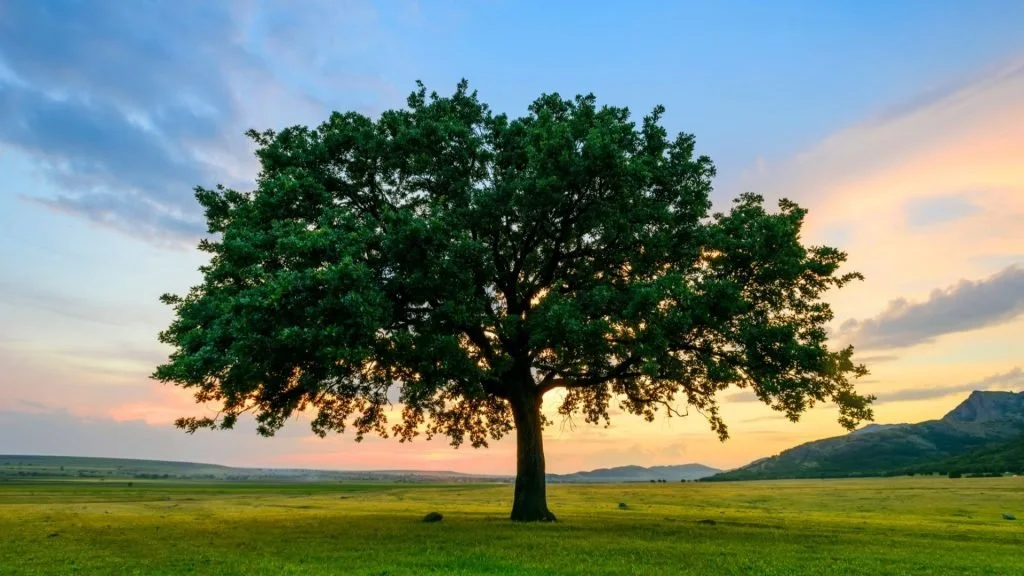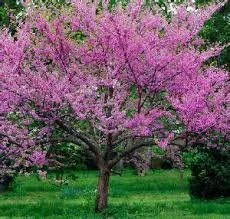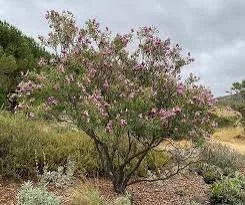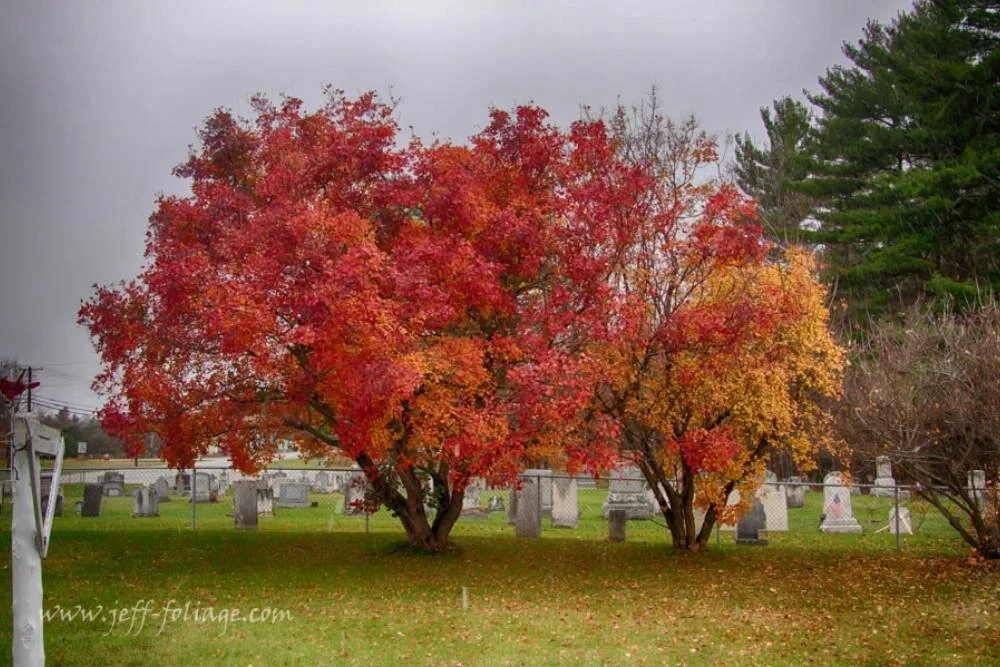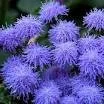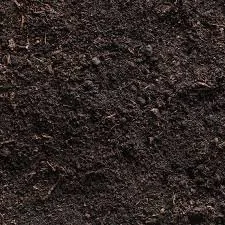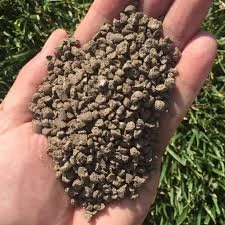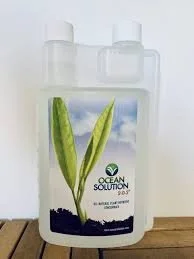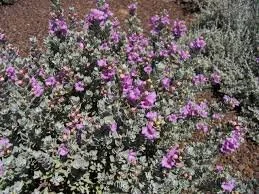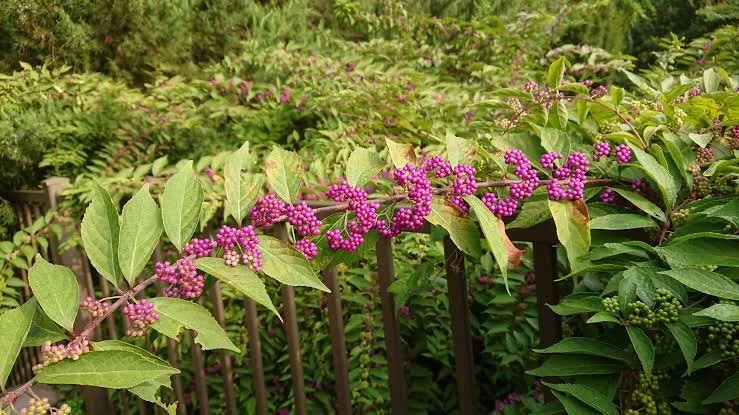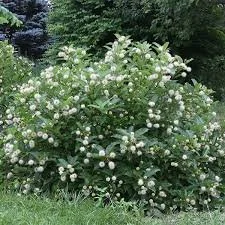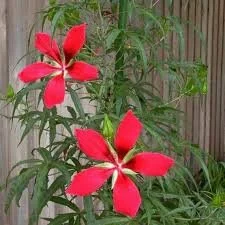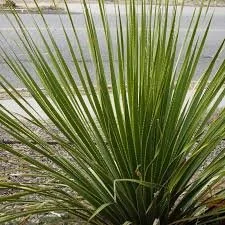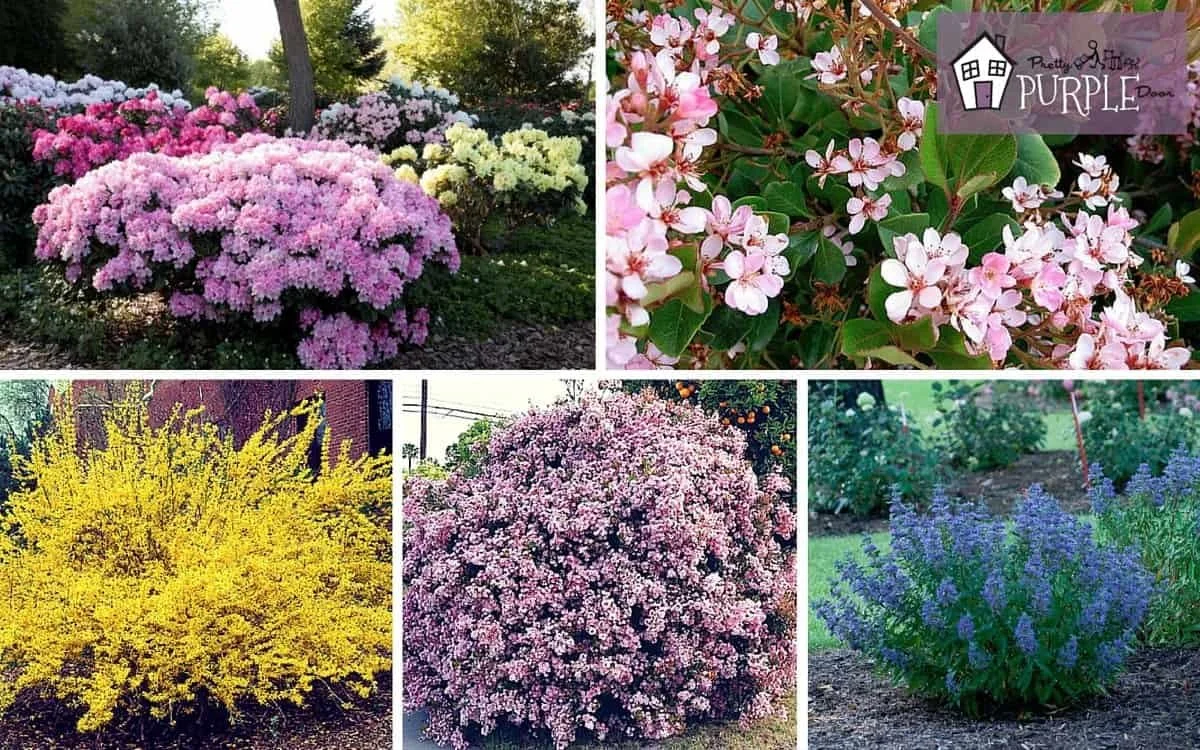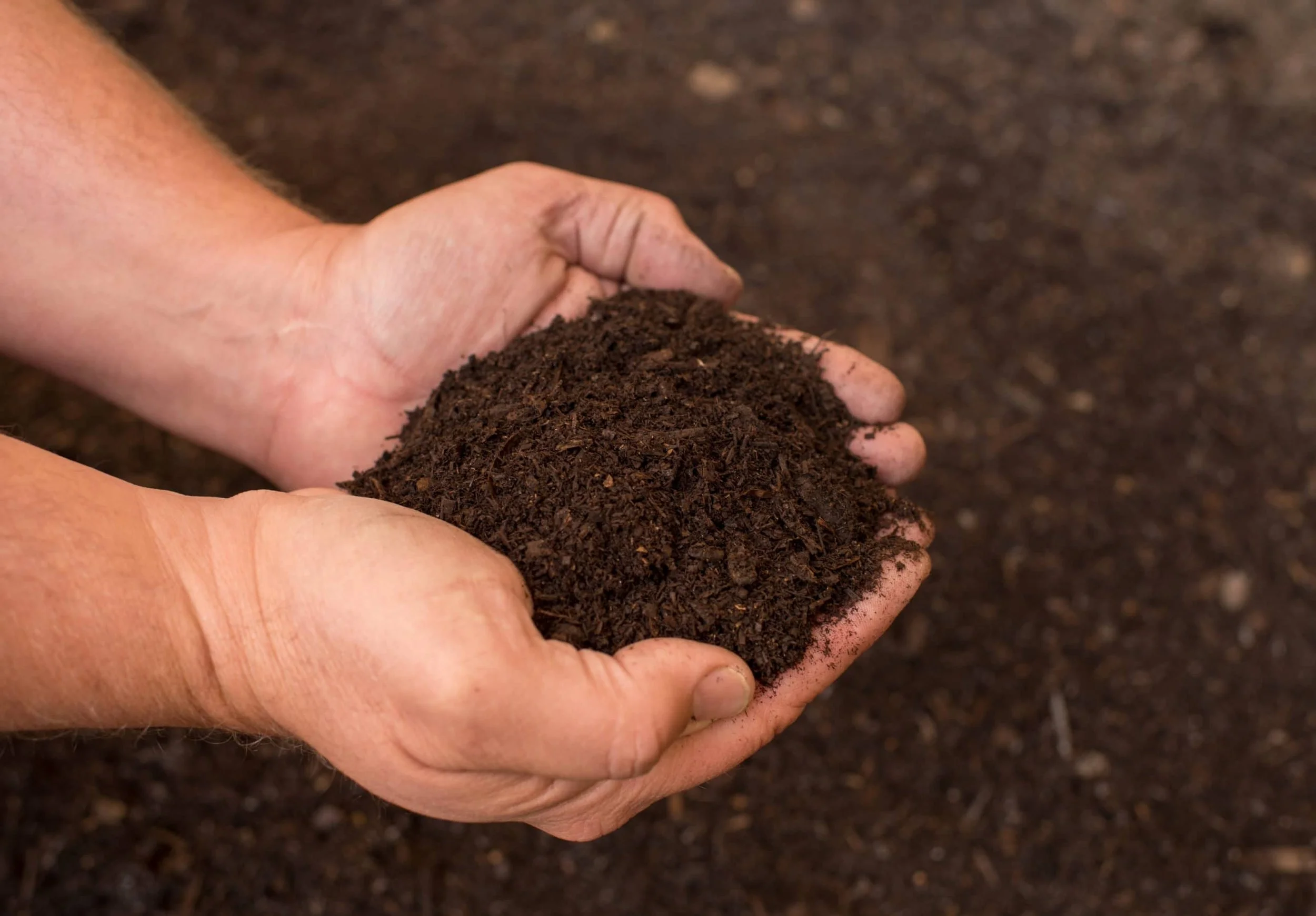
To Preserve Water “Think Native”
All Texas Native Nursery And Landscape Environments is family-owned and operated. We have been in the landscape and related business in North Texas for over twenty years. We strive for excellence and quality in our business. Allow us to help you find the right combination of plants to help make your yard a true Native Oasis. Our goal is to build long-lasting relationships with each client.
NATIVE GRASSES
The 2011 drought was Texas’s most intense one-year drought on record. At its worst, 88 percent of the state was at its most severe state in the drought monitor map. Drought has continued through 2014. Water levels continue to decrease and availability for lawns will be limited. Water restrictions will increase and we will see more lawns in bad shape.
WILD FLOWERS
TEXAS TREES
TEXAS REDBUD
It is drought tolerant and likes to live on well-drained soils. It can grow from 15 to 20 Ft. It blooms in early spring when it has no leaves and is green during the rest of the spring and summer. It likes partial or full sun. It is a medium-sized tree mostly used as an ornament in landscapes.
DESERT WILLOW
It is a small tree native to Texas. It has long narrow leaves and flowers are in clusters on the tips of branches that occur in late spring to fall depending on rainfall. They grow 15-20 Ft, but in some cases, bigger growth may need some attention as it is not regular at first.
AMERICAN SMOKE TREE
Found in the Texas Hill Country where it grows in limestone and river bluffs. It blooms pink flowers which from afar look like smoke rising from the tree. It can turn yellow and orange in the fall. It is very heat tolerant and can grow up to 25 Ft.
TEXAS ASH TREE
It is a relative of the White Ash tree that is more drought tolerant. It grows in Dallas and North Central Texas. It needs low amounts of water and moisture. It turns yellow gold, glowing red and orange in the fall. It can grow up to 50 Ft full grown.
LIVE OAK TREE
It is a large live tree that adapts to many soil types and can resist drought. It is evergreen and mostly a shade tree, It can resist both heat and some cold temperatures. Can grow from 40 to 50 Ft, but its width can be from 80 to 100 Ft.
CEDAR ELM
The most widespread native elm in Texas. It is a shade tree that can adapt to many soils and is very drought-tolerant. It turns yellow and blooms in the fall. It is a large tree when fully grown reaching up to 90 Ft tall and 80 Ft in width.
Turn your ordinary yard into an urban Native Texas Oasis and into the garden of your dreams
80% Buffalo And 20% Blue Gramma
Bouteloua dactyloides (Buffalograss) is an attractive, fine-textured, low-water-use native grass that grows three to six inches tall. Buffalograss is exceptionally cold- and drought-tolerant and has no known disease or insect problems. It is ideal for large landscaped areas.
Blue Gramma
Drought-resistant, short grass in the mixed prairies and throughout the Great Plains and the Southwest. It’s usually less than 6 inches (15cm) high and is typical of dry, short-grass plains. Blue Gramma is commonly planted as a turfgrass mixed with Buffalograss.
Buffalo and Blue Gramma grass are normally mixed and planted together in an 80-20% or 80-60% combination.
BLUE BONNET
It is an annual native to Texas. “State Flower of Texas”. It is seen along roadsides and uncultivated pastures in the state. It has sensibly arranged flowers with a white tip. It prefers a sloped area in light to well-drained soil and needs full sun.
INDIAN BLANKET
Annually grows 1-2 ft tall. Can have multiple branches that age throughout the season. Branches have flower heads with red and yellow. Flowers can be 1-2 inches across. They can tolerate heat and dryness.
MEXICAN HATS
Also known as Preirie Coneflower. This plant is leafy on the lower part with long leafless stalks with flowerheads. They can be yellow and red-brown, drooping rays surrounding a long, re-brown central disk. The colorful flowerheads resemble the Mexican hat of Mexican fiestas.
WILDFLOWERS
Texas has a wide variety of wildflowers, they come in all colors and shapes, some even multicolor. They are capable of supporting the extreme Texas heat. They attract wildlife such as birds and butterflies.
Texas wildflowers are favorites for landscape designers and garden enthusiasts. They are preferred over water-hungry plants and have low maintenance needs. Wildflowers can bloom from spring to fall and change colors in between.
STANDING CYPRESS
Tall upright perennial. It has brilliant red tubular flowers that run through the entire length of the spike. It grows 2-5 ft. Requires a very dry, well-drained soil in full sun and partial shade. It blooms from June-August. It attracts hummingbirds and butterflies to the garden.
LEMON MINT
Also known as Lemon Beebalm. It is 1-2 Ft. Aromatic Winter Annual. It has a distinctive citrus or lemony scent when leaves are rubbed. Easy to grow and forms large patches. It attracts butterflies and bees. The color can be Lavender to Pink.
PURPLE CONEFLOWER
Perennial 2-5 Ft stems and lavender flowers. Every stem has a single flowerhead. It is a showy easily grown garden plant. It is drought tolerant and prefers full sun to partial shade in fertile and well-drained soils. It blooms from June to October.
Benefits Of Native Lawns
1. Beauty
Native plants produce flowers, fruit seeds, and foliage. Native plants are beautiful and friendly to Wildlife.
2. Low Maintenance
Native plants require little care when grown in the right conditions. By choosing the right plants you will use no chemicals and no fertilizers.
3. Community
You will raise the standard for urban landscaping and will add the available habitat for wildlife. Planting Native will save natural heritage for future generations.
4. Better Air And Water Quality
Native gardening improves air and water quality on a regional level. Pollution is reduced by eliminating the need for lawn maintenance equipment and chemicals such as CO2. You avoid run-off of chemicals into streams and lakes.
AS MUCH AS 50% OF WATER
W E U S E O U T D O O R S I S W A S T E D
Many other varieties of Native grass exist:
CURLY MESQUITE
LITTLE BLUE STEAM
PURPLE TOP
SIDE OAKS GRAMMA
INDIAN GRASS
WATER PRESERVATION
We are all concerned about the water levels we have, city governments are getting worried. The solution is to adapt to native landscaping practices and urban areas need to change to native enviroments.
Native grasses are native plants are a great solution for water preservation. We must continue to care for our ecosystem and enviroment to preserve for future generations. Water reservoirs were made long ago, and with population growth, water needs continue to grow. Levels continue decrease and new systems of water preservation are needed
SHRUBS
COMPACT TEXAS SAGE
Also known as Cenizo. It is a medium-sized shrub with gray-green leaves. Has small purple flowers from summer to fall. It can survive extreme heat and drought. It likes full sun and well-drained soil. It can grow up to 8 ft.
AMERICAN BEAUTY BERRY
Grows in the rich woods of East Texas. It has green-white flowers in late spring-early summer. It best fits in shaded areas. Their seeds attract many birds and other wildlife. It can grow 4-6 Ft.
BUTTONBUSH
It is a multi-steamed shrub that can grow 6-12 Ft. Flowers are distinctive dense, spherical clusters(heads) with pistils protruding beyond the white corollas. It is suited for wet soils. They attract butterflies, hummingbirds, and many more species of birds.
TEXAS STAR HIBISCUS
Grows 4-7 Ft. Flowers are star-shaped and can be up to 6 inches in deep scarlet. It prefers moist-wet, sunny and warm areas. It attracts Hummingbirds and butterflies and blooms from June to September.
TEXAS SOTOL
It has a short trunk and flower sticks that can grow from 9-15 Ft tall, while the trunk is only about 3 ft. Flowers appear from May to August attracting hummingbirds when mature. It likes dry arid climates and well-drained soil.
TEXAS AGREGATUM
It can grow up to 2 Ft with small-purplish-blue flower clusters. It likes full sun to partial shade and has a low water demand. It blooms from late summer into early fall. It attracts butterflies, specifically monarch butterflies, and is critical to their migration.
ORGANIC COMPOST
ORGANIC COMPOST
Organic compost is decomposed organic matter such as wood chips, soil, and plants. It uses no chemicals and is aged and taken to maturity. It is one of the best sources of organic fertilizers and most widely used for new planting. It envigorated newly planted plants.
GRANULAR ORGANIC FERTILIZER
Granular organic fertilizer is composed of organic matter such as cow manure. They add powerful strength to the soil with no damage to the ecosystem. Many varieties can be found for grasses, vegetable gardens, roses, and heavy bloom products.
LIQUID ORGANIC FERTILIZER
Liquid organic fertilizer can be of plant abstract. A commonly used variety is that of seaweed abstract. Organic fertilizers are equally effective as chemical compositions.
LANDSCAPING
We have been in the landscaping business for over twenty years in North Texas. Our experienced crews will install and maintain your garden with care and attention to detail.
We take pride in our long history of clients many of whom have been with us since the start. Our services can be from maintenance to repair or restoration and even entirely new landscape construction projects.
We have experienced DESIGNERS that can help to move a project from concept to construction with full planning and plan drawings. We will carefully and thoroughly examine ground conditions such as type of soil, shade, and slope. In addition, we will recommend a maintenance and watering schedule depending on your project needs.

